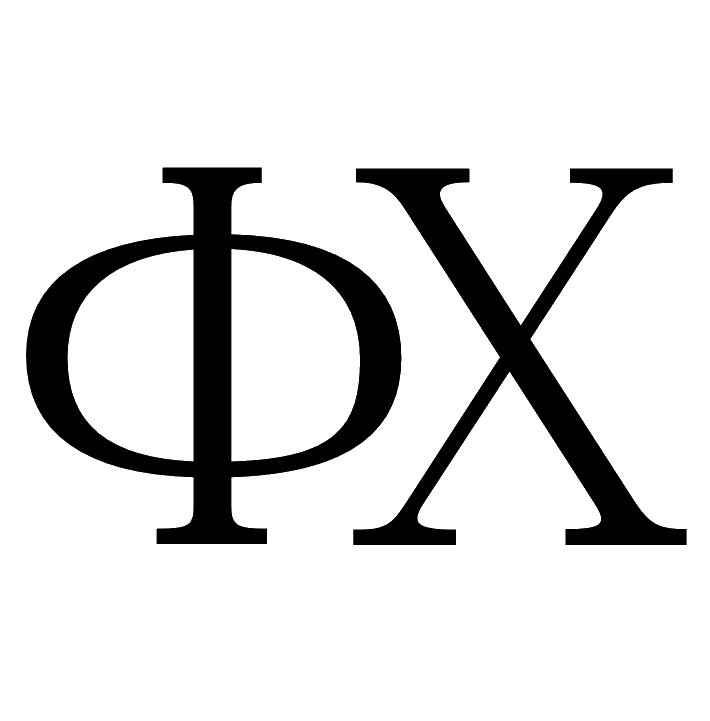Study of the effect of the ratio of epoxy resin and curing agent comonomers on mechanical properties of the system: mesoscale simulation
P.V. Komarov2,1, M.D. Malyshev2,1
1 A.N. Nesmeyanov Institute of Organoelement Compounds of Russian Academy of Sciences
2 Tver State University
DOI: 10.26456/pcascnn/2023.15.444
Original article
Abstract: This publication continues the cycle of our work aimed at improving the methodology for constructing mesoscale models of network polymers and characterizing their physical properties. As the object of study, the epoxy resin of bisphenol A, diglycidyl ether, and a tricarboxylic fatty acid hardener was chosen. Its structure is the result of three parallel reactions. For their correct reproduction, an algorithm was proposed, which allows to take into account the peculiarities of the relationship of all ongoing processes. The system model was constructed by mapping the chemical structure of the monomers onto an equivalent mesoscale representation. It was used to study the relationship between the structure and mechanical properties of feeding networks as a function of the ratio of volume fractions of comonomers in the initial reaction mixture. All calculations were performed within the reaction version of the dissipative particle dynamics method. The structure of polymer networks in the constructed samples was characterized by topological analysis. The study of mechanical properties was carried out by constructing the “stress-strain” dependencies. The results obtained show a good correlation between the density of the load-bearing chains and the mechanical properties of the resulting networks. It is shown that the material samples with the highest degree of transformation and the density of the number of load-bearing chains have the highest stiffness.
Keywords: network polymers, mesoscopic simulation, dissipative particle dynamics, mechanical properties
- Pavel V. Komarov – Dr. Sc., Docent, General Physics Department, Tver State University , Leading Researcher Laboratory of Physical Chemistry of Polymer A.N. Nesmeyanov Institute of Organoelement Compounds of Russian Academy of Sciences
- Maxim D. Malyshev – Ph. D., Senior Lecturer, Department of Physical Chemistry, Tver State University, Associate Researcher Laboratory of Computer Simulations of Macromolecules A.N. Nesmeyanov Institute of Organoelement Compounds of Russian Academy of Sciences
Reference:
Komarov, P.V. Study of the effect of the ratio of epoxy resin and curing agent comonomers on mechanical properties of the system: mesoscale simulation / P.V. Komarov, M.D. Malyshev // Physical and chemical aspects of the study of clusters, nanostructures and nanomaterials. — 2023. — I. 15. — P. 444-455. DOI: 10.26456/pcascnn/2023.15.444. (In Russian).
Full article (in Russian): download PDF file
References:
1. Lutz J.-F., Lehn J.-M., Meijer E.W., Matyjaszewski K. From precision polymers to complex materials and systems, Nature Reviews Materials, 2016, vol. 1, issue 5, pp. 1-14. DOI:10.1038/natrevmats.2016.24.
2. Kremer K. Computer simulations for macromolecular science, Macromolecular Chemistry and Physics, 2003, vol. 204, issue 2, pp. 257-264. DOI: 10.1002/macp.200290079.
3. Joshi S.Y., Deshmukh S.A. A review of advancements in coarse-grained molecular dynamics simulations, Molecular Simulation, 2020, vol. 47, issue 10-11, pp. 786-803. DOI: 10.1080/08927022.2020.1828583.
4. Gavrilov A.A., Komarov P.V., Khalatur P.G. Thermal properties and topology of epoxy networks: a multiscale simulation methodology, Macromolecules, 2015, vol. 48, issue 1, pp. 206-212. DOI: 10.1021/ma502220k.
5. Komarov P.V., Khalatur P.G., Khokhlov A.R. Magnetoresponsive smart nanocomposites with highly crosslinked polymer matrix, Polymer for Advanced Technologies, 2021, vol. 32, issue 10, pp. 3922-3933. DOI: 10.1002/pat.5354.
6. Malyshev M.D., Komarov P.V. Mezoskopicheskoe modelirovanie vitrimera na osnove diglicidilovogo efira bisfenola A [Mesoscopic modeling of a vitrimer based on diglycidyl ether bisphenol A], Vestnik Tverskogo gosudarstvennogo universiteta. Seriya: Khimiya [Herald of Tver State University. Series: Chemistry], 2021, vol. 4, issue 46, pp. 105-117. DOI: 10.26456/vtchem2021.4.13. (In Russian)
7. Komarov P.V., Malyshev M.D. Izuchenie processa svarki materiala na osnove vitrimera: mezomasshtabnoe modelirovanie [Investigation of welding process of vitrimer-based material: meso-scale simulation], Fizikokhimicheskie aspekty izucheniya klasterov, nanostruktur i nanomaterialov [Physical and chemical aspects of the study of clusters, nanostructures and nanomaterials], 2022, issue 14, pp. 435-449. DOI: 10.26456/pcascnn/2022.14.435. (In Russian)
8. Capelot M., Unterlass M.M., Tournilhac F., Leibler L. Catalytic control of the vitrimer glass transition, ACS Macro Letters, 2012, vol. 1, issue 7, pp. 789-792. DOI: 10.1021/mz300239f.
9. Capelot M., Montarnal D., Tournilhac F., Leibler L. Metal-catalyzed transesterification for healing and assembling of thermosets, Journal of the American Chemical Society, 2012, vol. 134, issue 18, pp. 7664-7667. DOI: 10.1021/ja302894k.
10. Groot R.D., Warren P.B. Dissipative particle dynamics: bridging the gap between atomistic and mesoscopic simulation, The Journal of Chemical Physics, 1997, vol. 107, issue 11, pp. 4423-4435. DOI: 10.1063/1.474784.
11. Demongeot A., Mougnier S.J., Okada S. et al. Coordination and catalysis of Zn2+ in epoxy-based vitrimers, Polymer Chemistry, 2016, vol. 7, issue 27, pp. 4486-4493. DOI: 10.1039/C6PY00752J.
12. Antonietti M., Ozin G.A. Promises and problems of mesoscale materials chemistry or why meso?, Chemistry: A European Journal, 2004, vol. 10, issue 1, pp. 28-41. DOI: 10.1002/chem.200305009.
13. Kriksin Y.A., Khalatur P.G., Neratova I.V. et al. Directed assembly of block copolymers by sparsely patterned substrates, Journal of Physical Chemistry C, 2011, vol. 115, issue 51, pp. 25185-25200. DOI: 10.1021/JP204629K.
14. Gavrilov A.A., Chertovich A.V., Khalatur P.G., Khokhlov A.R. Effect of nanotube size on the mechanical properties of elastomeric composites, Soft Matter, 2013, vol. 9, issue 15, pp. 4067-4072. DOI: 10.1039/c3sm27281h.
15. Sadovnichy V., Tikhonravov A., Voevodin V., Opanasenko V. «Lomonosov»: Supercomputing at Moscow state university, Contemporary high performance computing: from petascale toward exascale, ed. by J.S. Vetter. London, CRC Press, 2013, chapter 2, pp. 283-307. DOI: 10.1201/9781351036863.
